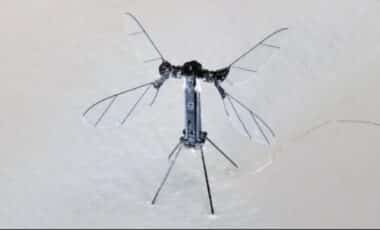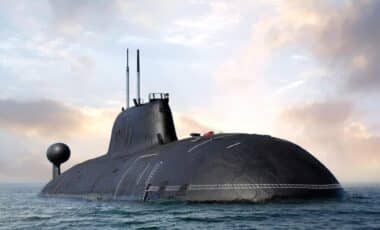Being there . . . . in the summer of 1941 when three Yale graduates in the Yale-China Association traveled to Yuanling, China, to teach high school students English as Japanese Zero fighters and Zeke bombers strafed and bombed them . . . .
Building Institutions of Education and Medicine While the Two Battle-weary Empires Fought
to the Bitter End
“Blackboards and Bomb Shelters – – – The Perilous Journey of Americans in China during World War II’, by James P. Bevill. Schiffer Military: 321 pages, hc; $30.
Review and Highly Recommended by Don DeNevi By August 1941, with the Japanese firmly rooted throughout China, and the United States less than 100 days from a “dastardly” attack that would plunge millions of America’s young into a gargantuan Pacific War, three brave Yale-in-China bachelors, chalk in hand, were routinely instructing at the classroom blackboard, or huddled in discussion on the patio. Author James Bevill, a highly respected award-winning economic, financial, and political historian, writes, “When the air raid sirens wailed, classes continued until the Japanese planes could be heard, then all scrambled inside to safety. The U.S. entry into the war turned their mission upside down.” “Blackboards and Bomb Shelters” was written to describe what happened next, bringing the previously unknown, rarely mentioned, story to fruition, preserving it for future generations. Bevill, with a penchant for finding unusual, rare, and often controversial topics to flesh out and introduce, sheds new light on such worthy subjects, employing old-fashioned research methodology to commingle with the new and advanced. Here, he details how the three were introduced to Dr. Winston Pettus, a young Yale-educated surgeon struggling to keep open the legendary Xiang-Ya (Hunan-Yale) Hospital. James Bevill takes readers right into the homes, truck-rides, meals, friendships, classrooms, patios, mid-air dogfights, bombing runs, and operating rooms. The openness to adventure and unpredictability of the three, their sense of humor and devotion to each other, certainly keeps the splendid narration moving, page after page, placing the reader smack in the middle within the three. As for the three Americans in a foreign country when their nation was in an all-out war? One was recruited to drive supplies and munitions along the Burma Road. A second took a senior staff position to the famous “Flying Tigers”, assisting Gen. Claire Lee Chennault. The third man, a conscientious objector, remained at the school to keep it operating during the duration. Despite each doing his bit for victory, all three were keenly, intrinsically, inextricably linked to the broader Yale-in-China medical mission, including healing the wounded, and supporting Chinese underground activities as well as open military resistance against the Japanese imperialism. In short, “Blackboards and Bomb Shelters” is yet another wonderful addition to the best in World War II literature, thanks to the nonpareil Schiffer Military Publishing. See the company’slist of latest war topics by clicking on www.schifferbooks.com; or emailing Info@schifferbooks.com.








